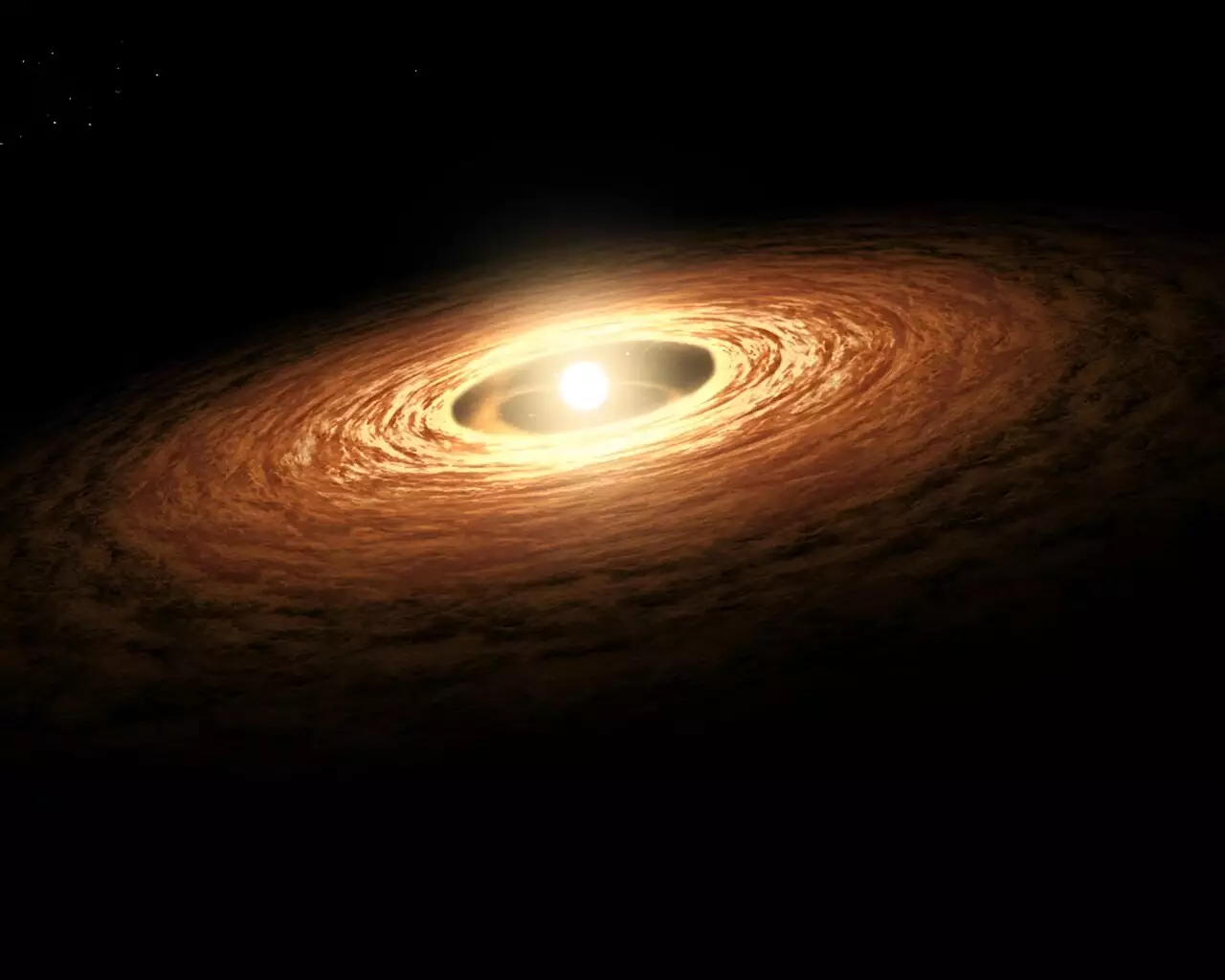Recent research has illuminated a profound mystery surrounding one of the solar system’s rarest elements, beryllium-10, previously thought to have originated in supernova explosions. The findings from scientists at the Department of Energy’s Oak Ridge National Laboratory (ORNL) challenge entrenched theories and highlight the importance of continual inquiry in the field of astrophysics. Beryllium-10 has quickly become a point of contention among astrophysicists, especially when it’s emphasized that its formation predates the cosmic cataclysms it was once attributed to, nudging the science community to rethink elements of the broader cosmic narrative.
Traditionally, beryllium-10’s formation was linked to the intense environments of supernovae—massive stars concluding their life cycles in effulgent explosions. Yet, studies led by ORNL nuclear astrophysicist Raphael Hix demonstrate that this assumption needs reconsideration. The implications of this can shift our understanding of stellar evolution and the cosmic processes that lead to the development of our universe.
Cosmic Ray Spallation: The True Architect
The recent research proposes a paradigm shift, suggesting that cosmic ray spallation—a complex interaction involving high-energy cosmic protons—is the primary process responsible for the production of beryllium-10. In this scenario, the collision between cosmic rays and carbon-12 results in the disruption of atomic nuclei, thus leading to the creation of beryllium-10 in the primordial cosmos. This farther-reaching conception of beryllium-10 production hints at a dynamic universe driven by unseen forces and interactions.
Cosmic ray spallation paints a picture of a universe teeming with activities too subtle to be highlighted in the dramatic narratives of supernovae. This reassessment extends our understanding of nucleosynthesis—the process wherein elements are formed within stars—by framing it not solely within the death throes of massive stars but also within the chiaroscuro of cosmic ray interactions. It implies that the vicinity of the early solar system was bustling with the interactions of cosmic rays even as it was coalescing from a primordial gas and dust cloud.
The Geological Timekeepers: Insights from Isotopes
The isotopic properties of beryllium-10 reveal crucial insights, especially given its ephemeral nature; with a half-life of merely 1.4 million years, beryllium-10 cannot exist in sufficient quantities long after its initial production. However, meteoritic evidence reveals the presence of boron-10, a decay product of beryllium-10, which signifies that this isotope existed contemporaneously with the emergence of the solar system roughly 4.5 billion years ago. This relationship sets the stage for a deeper understanding of the isotopic timeline of celestial bodies.
Moreover, the accelerated development of sophisticated computational models at ORNL allowed researchers to simulate the proto-solar environment and glean how isotopes might have formed. These revised estimates challenge existing models that linked beryllium-10 formation directly to supernova events. Specifically, the newly determined reaction rates for beryllium-10 synthesis are reportedly up to 33 times faster than previous assessments, underscoring the potential inadequacy of former theories that were built on outdated data.
Looking Ahead: A Call for New Models
The intersection of newly gathered data and theoretical models invites a thorough reevaluation of stellar models and may prompt scientists to search for alternate mechanisms responsible for the production of beryllium-10. This call for innovative thinking is essential, as many of today’s astrophysical models rely heavily on assumptions that may no longer hold true based on newer evidence.
As we delve deeper into cosmic origins, it becomes salient for physicists and astronomers to abandon wooden formulas and recognize the universe’s fluidity—the idea that cosmic phenomena are more complex and multilayered than previously imagined. The challenge remains not only to explain existing observations but also to encourage new exploration into less understood phenomena from the anchoring of isotopes to the far reaches of cosmic events.
Collaborative Endeavors in Cosmic Research
Research of this scale unequivocally exemplifies the power of collaborative scientific endeavors. With each institution bringing unique capabilities to the table—from nuclear experiments to astrophysical simulations—the collective efforts can unravel the intricate stories written across the cosmos. The collaborative study not only enhances the understanding of beryllium-10 but also serves as a testament to the intertwined nature of modern science, where partnerships can nurture groundbreaking discoveries.
These revelations extend beyond mere scientific curiosity; they resonate with a deeper human quest to understand our origins in a universe that abounds with mysteries. As scientists like Hix, Sieverding, and their colleagues pave the way for a new understanding of cosmic history, it reminds us of the infinite complexity that surrounds us, ensuring our relentless pursuit for knowledge and wonder remains alive and vibrant.


Leave a Reply